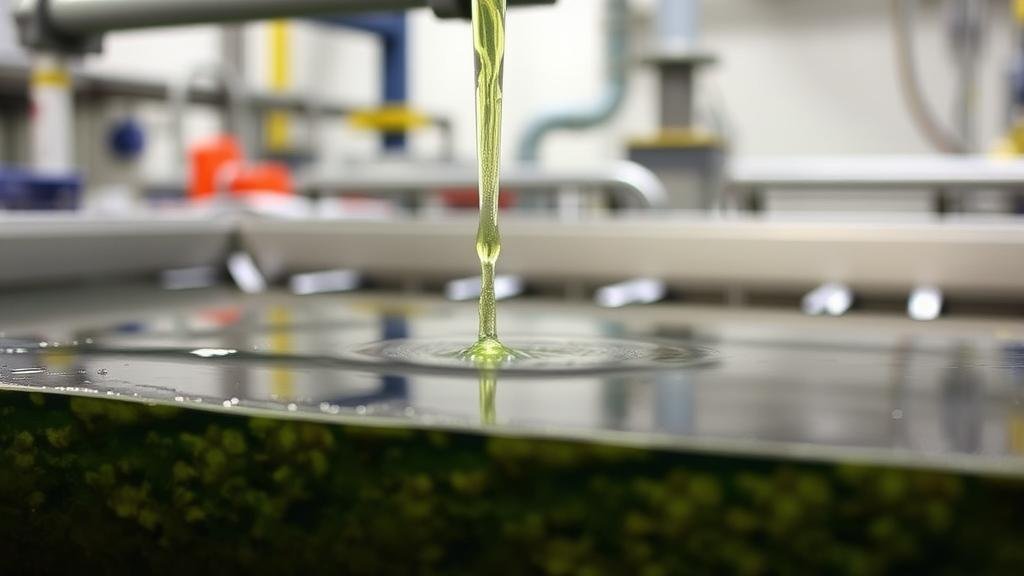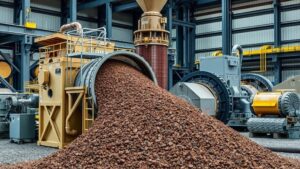How to Process Sulfide Ore Using Low-Cost Leaching Methods
How to Process Sulfide Ore Using Low-Cost Leaching Methods
Sulfide ores, rich in metals such as copper, zinc, and nickel, pose unique challenges in mineral processing due to their complex mineralogy and the presence of toxic elements. Traditional extraction methods, such as smelting, can be capital-intensive and environmentally unfriendly. This article explores low-cost leaching methods as effective alternatives for processing sulfide ores, with a focus on their principles, types, and real-world applications.
Understanding Sulfide Ores
Sulfide ores typically consist of metal sulfides, which are minerals where metals are bonded with sulfur. Examples include:
- Copper sulfides, such as chalcopyrite (CuFeS2)
- Lead sulfides, such as galena (PbS)
- Zinc sulfides, such as sphalerite (ZnS)
The extraction of metals from sulfide ores generally requires processes that can effectively break down these complex structures. Leaching provides a solution by dissolving metals into a solution, allowing for more selective extraction techniques.
Low-Cost Leaching Methods Overview
Leaching involves the dissolution of desired elements from ore using various solvents. Several low-cost methods are commonly used for the primary treatment of sulfide ores:
- Biological leaching (bioleaching)
- Chemical leaching
- Pressure leaching
Biological Leaching (Bioleaching)
Bioleaching utilizes microorganisms to extract metals from sulfide ores. process is cost-effective because it can occur at ambient temperatures and pressures, reducing energy requirements.
An effective example of bioleaching is the use of Acidithiobacillus ferrooxidans, a bacterium that oxidizes ferrous iron and enhances the conversion of copper sulfides to soluble copper. This method has been successfully deployed in large-scale operations, such as the Kennecott Utah Copper mine, where it significantly reduced costs and environmental impact.
Chemical Leaching
Chemical leaching involves the use of acidic or alkaline solutions to dissolve metals. Economic alternatives include sulfuric acid, ferric sulfate, and chloride solutions. e reagents can effectively extract valuable metals, often at lower costs compared to traditional methods.
One prominent case is the use of sulfuric acid to leach copper from chalcopyrite. Studies have shown that, under controlled temperatures and pH levels, copper extraction rates can exceed 90% within several hours, making it a viable alternative for processors concerned with cost and efficiency.
Pressure Leaching
Pressure leaching combines elevated temperatures and pressures to enhance solubility and extraction efficiency. This method is particularly advantageous for ores that are resistant to conventional leaching.
For example, in the case of high-grade nickel laterite ores, researchers have deployed pressure leaching to recover nickel and cobalt effectively. Results indicate that pressure leaching can yield recoveries upwards of 98% in a much shorter timeframe compared to atmospheric leaching.
Challenges and Considerations
While low-cost leaching methods present significant advantages, challenges remain:
- Microbial activity in bioleaching is sensitive to environmental conditions, necessitating careful monitoring.
- Chemical leaching often requires precise control of pH and reagent concentrations to minimize unwanted reactions.
- Pressure leaching demands rigorous safety measures due to high-pressure operations.
Its crucial for practitioners to conduct thorough feasibility studies and pilot tests to understand the cost-benefit ratio and select the most suitable leaching method based on ore characteristics and desired outcomes.
Conclusion and Actionable Takeaways
Low-cost leaching methods offer innovative solutions for the processing of sulfide ores, thereby improving recovery rates while minimizing environmental impacts. Useing bioleaching, chemical leaching, or pressure leaching can be transformative for mining operations, especially as the industry continues to focus on sustainability and cost efficiency.
To optimize these methods, stakeholders should:
- Assess ore characteristics to determine the most effective leaching method.
- Invest in research and development to refine methods for specific sulfide ores.
- Monitor environmental impacts and implement responsible practices to safeguard ecosystems.
By embracing these strategies, mineral processors can enhance their operations while supporting sustainability goals in the mining industry.


